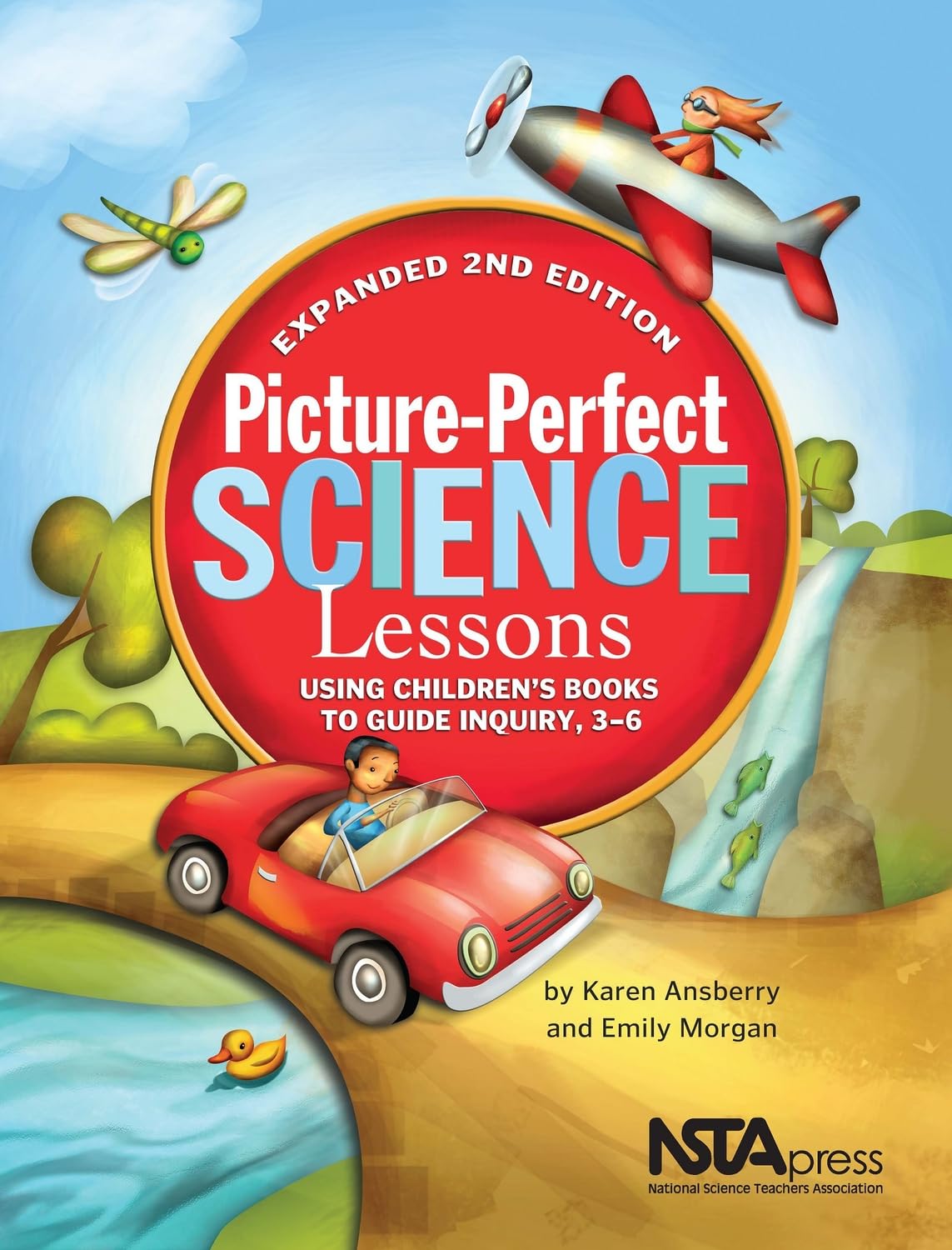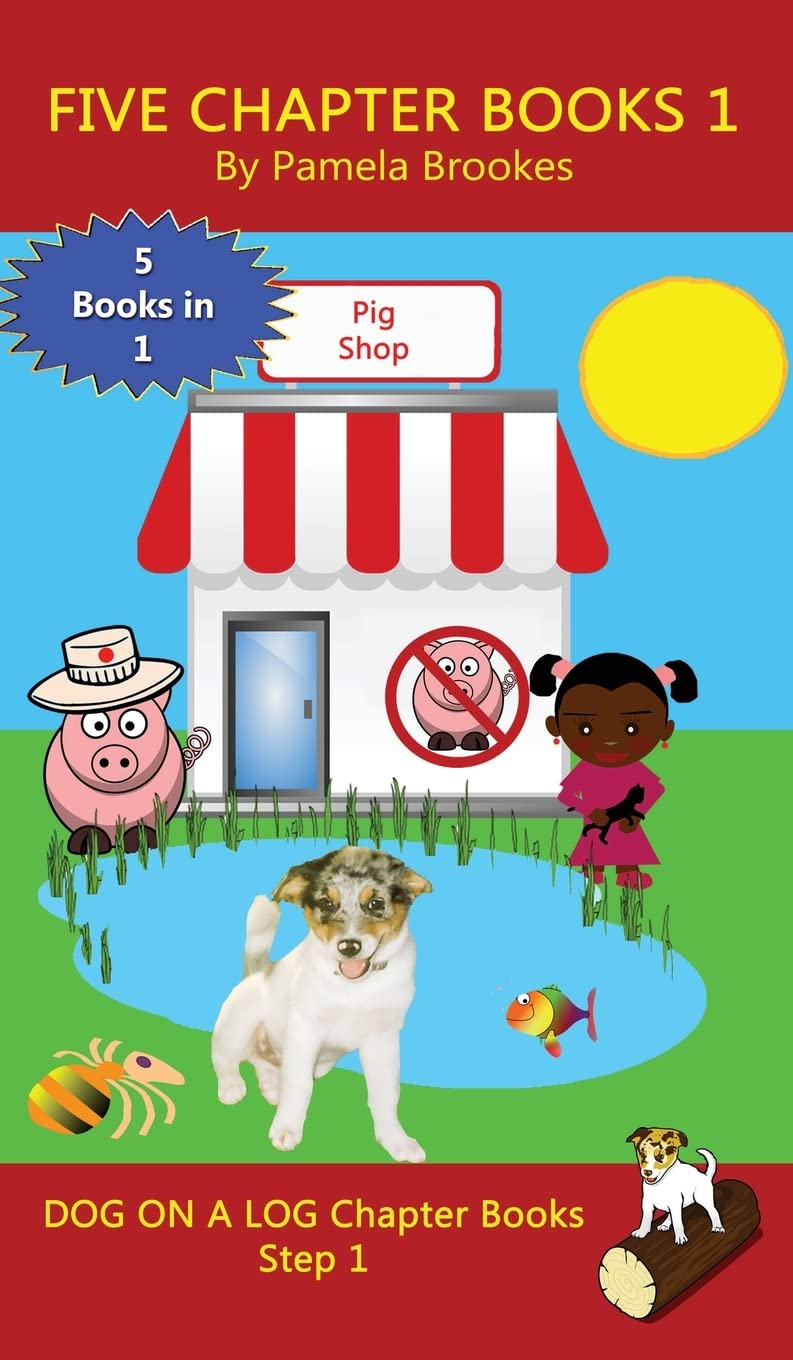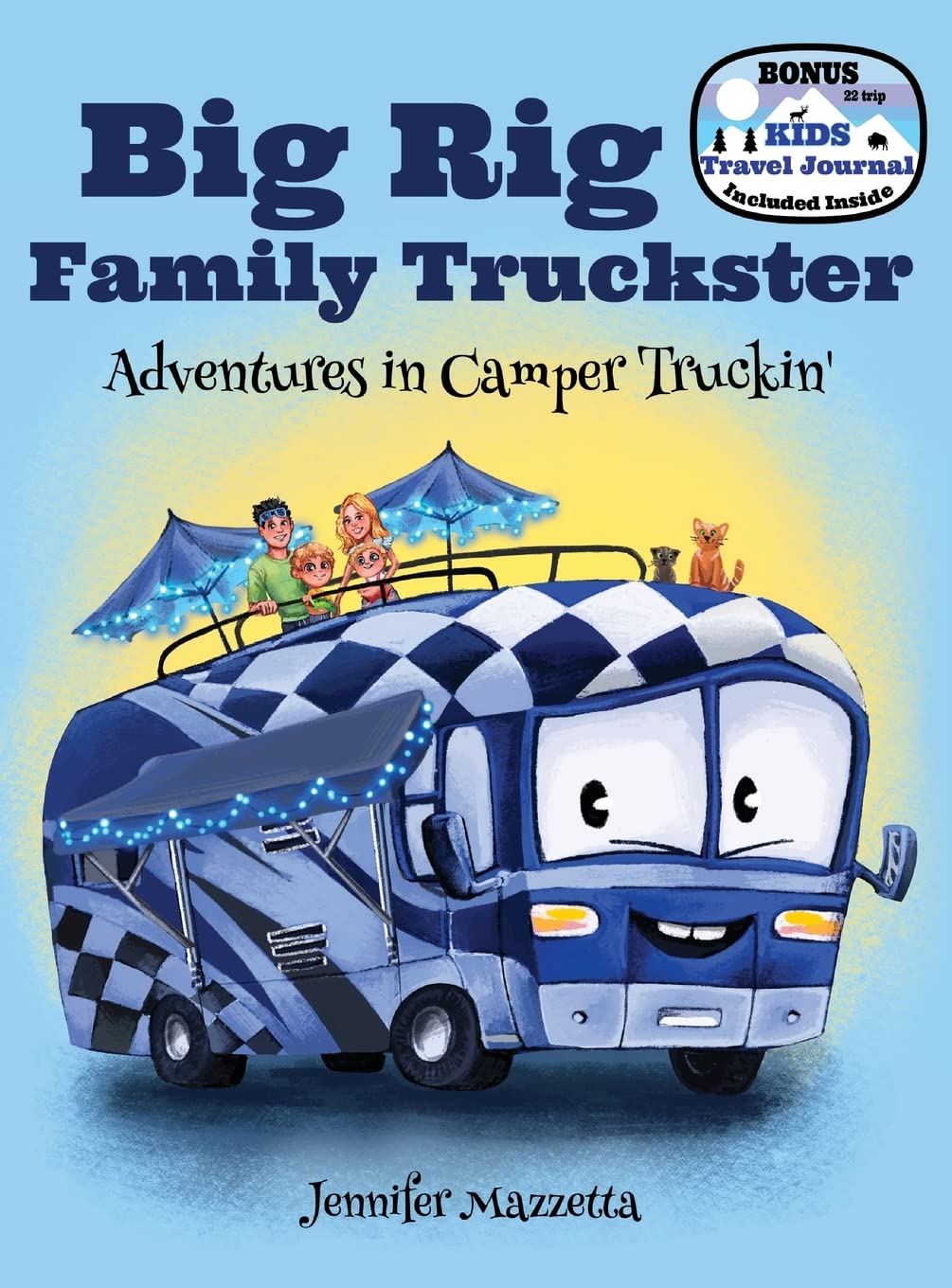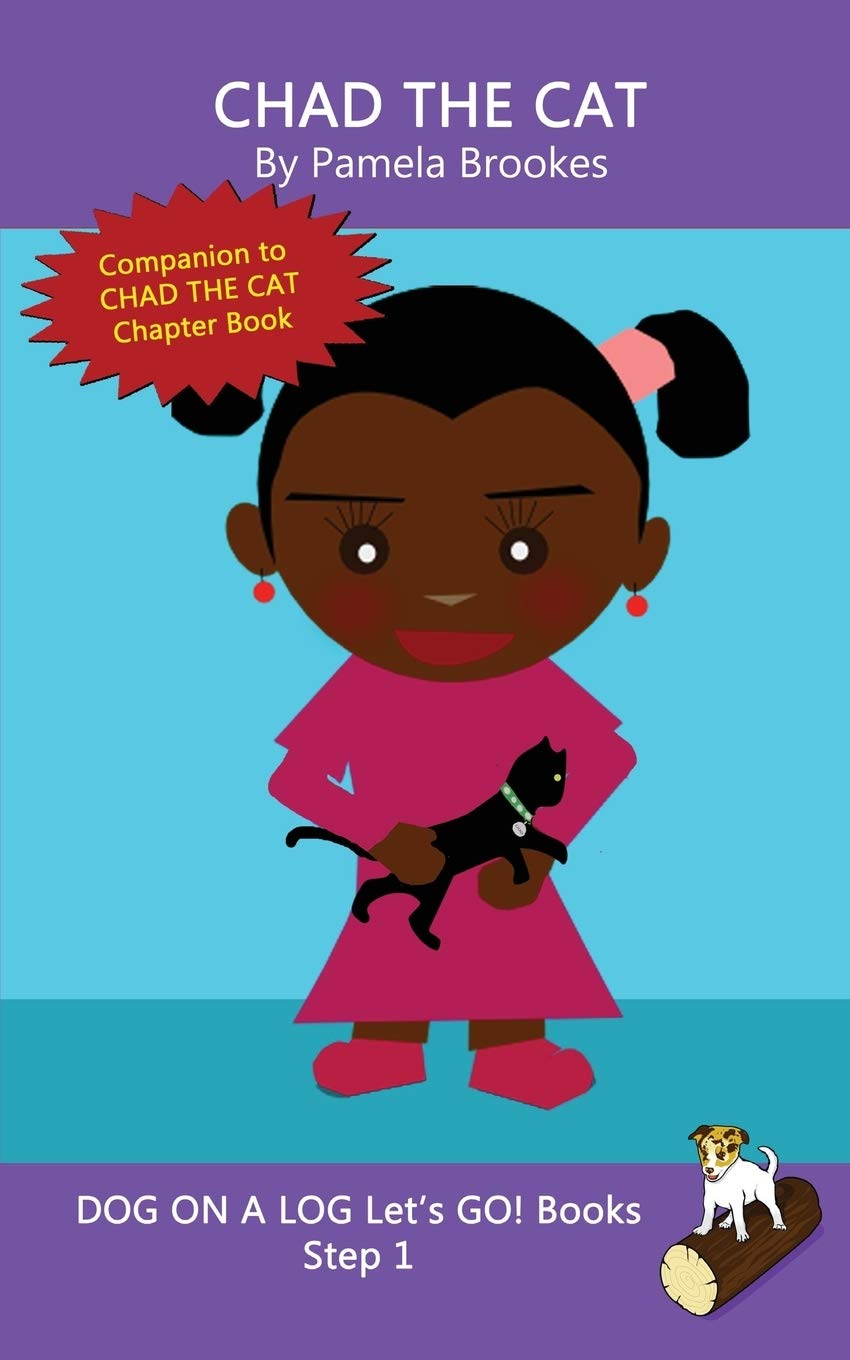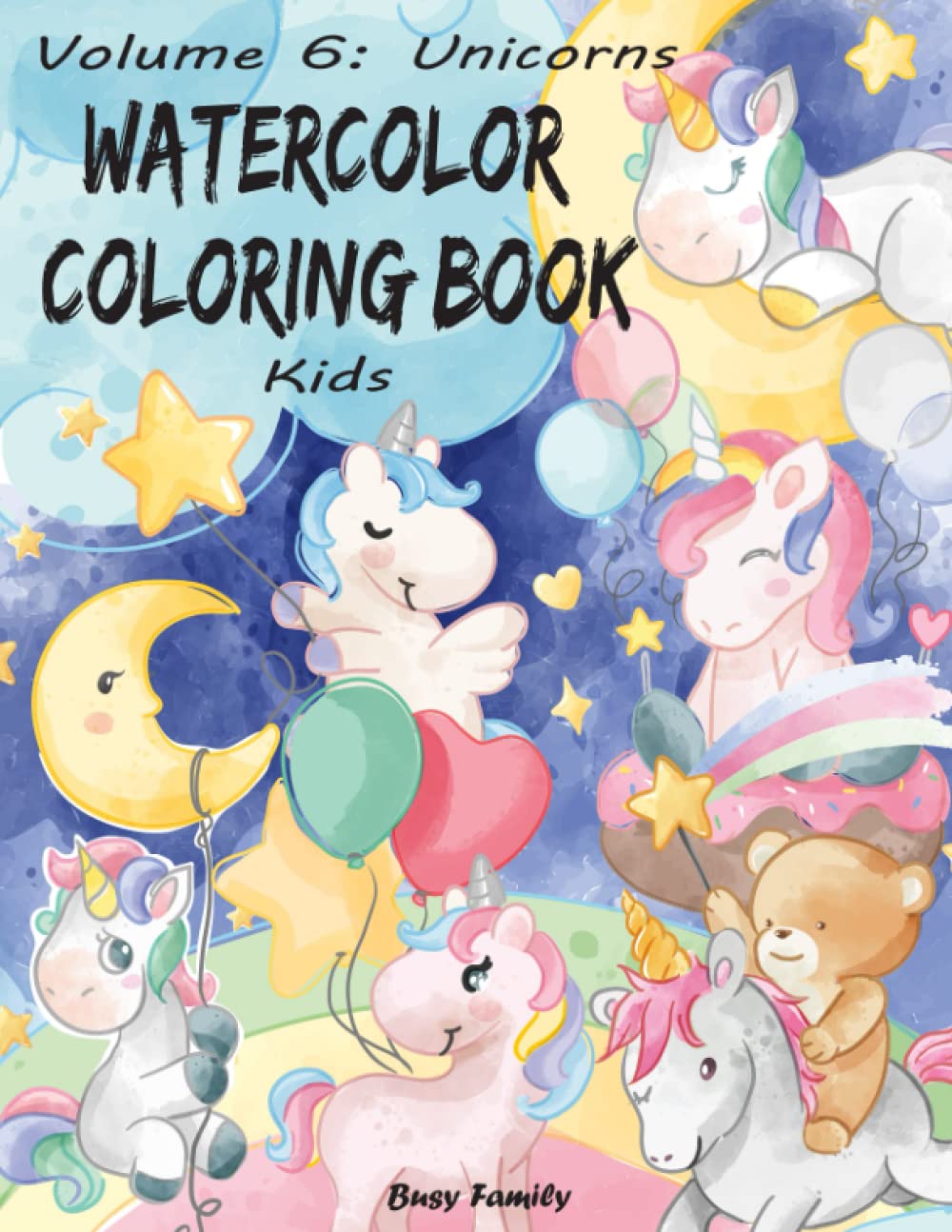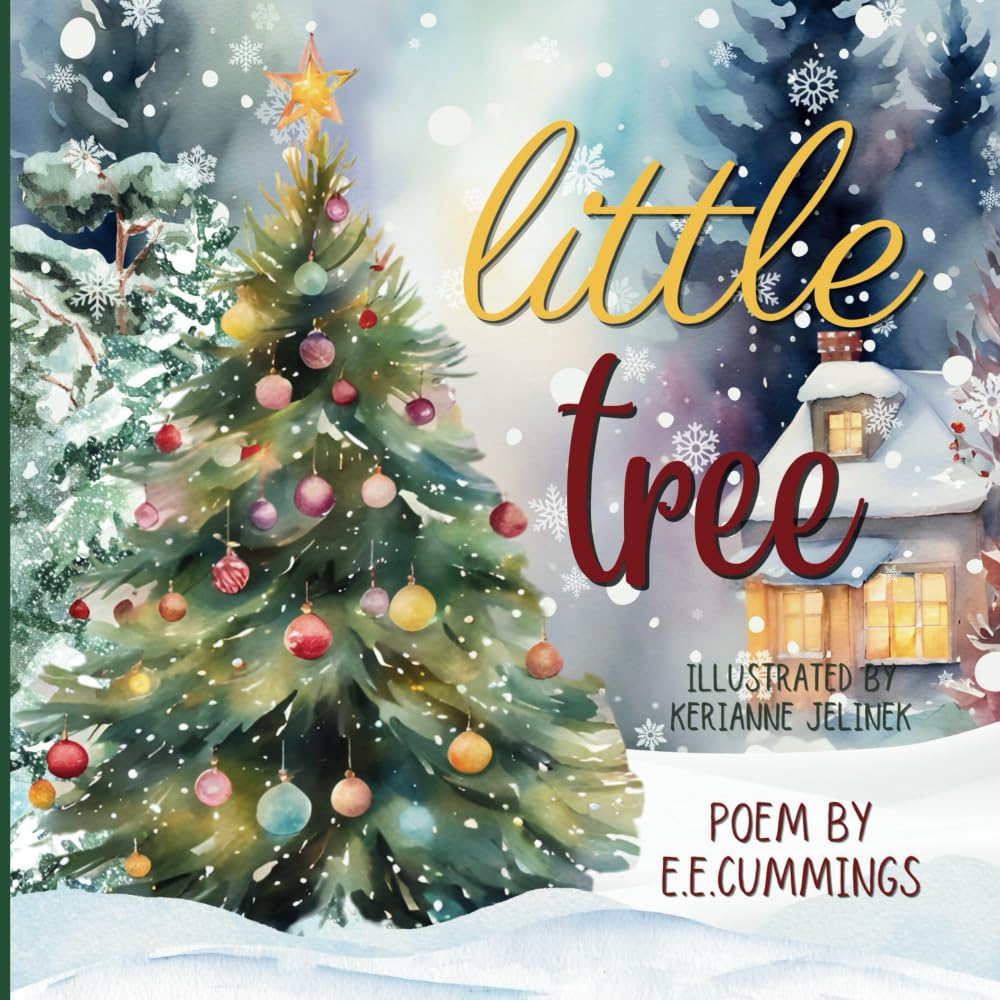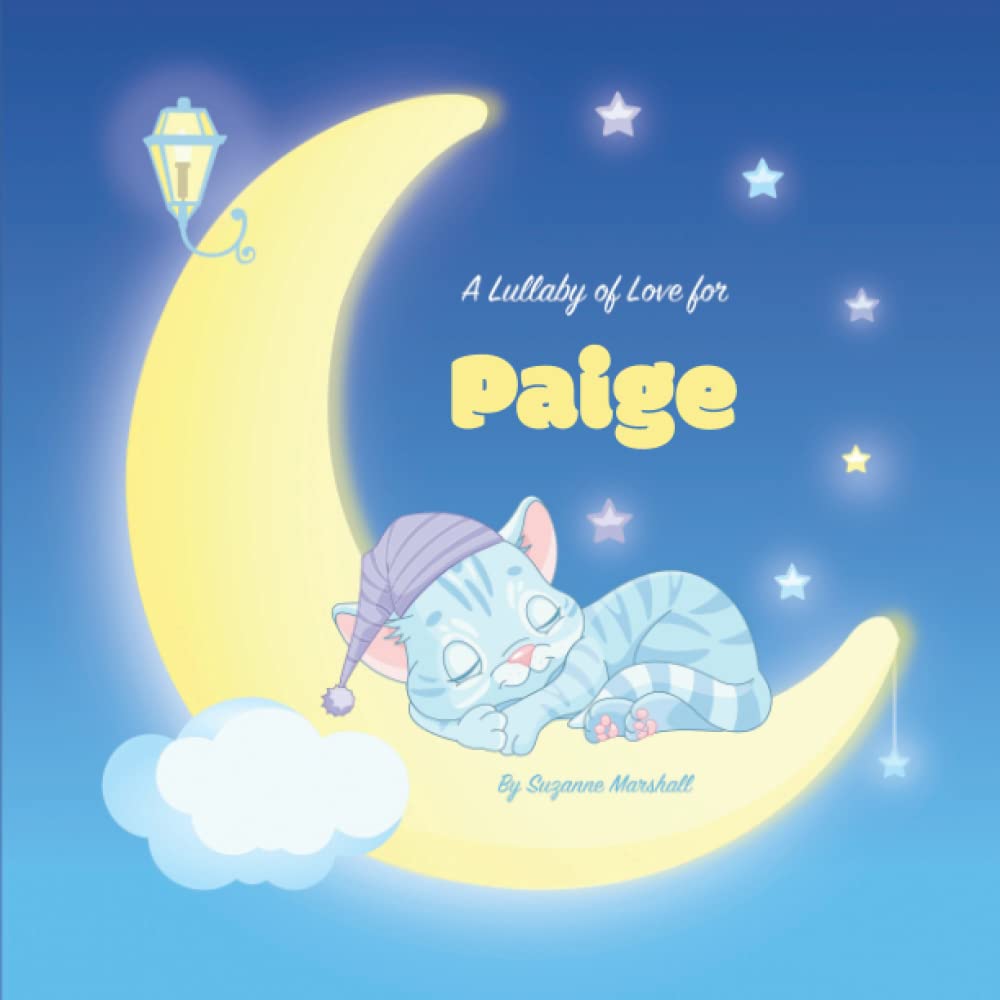How do you improve upon perfection? For years, new and experienced elementary school teachers alike have extolled the virtues of Picture-Perfect Science Lessons―the expertly combined appeal of children’s picture books with standards-based science content. The award-winning, bestselling book presents ready-to-teach lessons, complete with student pages and assessments, that use high-quality fiction and nonfictionpicture books to guide hands-on science inquiry. This newly revised and expanded 2nd edition of Picture-Perfect Science Lessons manages to surpass the original. Classroom veterans Karen Ansberry and Emily Morgan, who also coach teachers through nationwide workshops, know elementary educators are usually crunched for science instructional time and could often use refresher explanations of scientific concepts. So the authors added comprehensive background notes to each chapter and included new reading strategies. They still show you exactly how to combine science and reading in a natural way with classroom-tested lessons in physical science, life science, and Earth and space science. And now they offer five brand-new lessons―“Batteries Included,” “The Secrets of Flight,” “Down the Drain,” “If I Built a Car,” and “Bugs!”―bringing the total to 20. Picture-Perfect Science Lessons draws on such diverse―and engaging―books as Dr. Xargle’s Book of Earth Hounds, A House for Hermit Crab, Rice Is Life, Oil Spill!, Sheep in a Jeep, The Perfect Pet, and Weird Friends: Unlikely Allies in the Animal Kingdom. As a result, both reluctant scientists and struggling readers will quickly find themselves absorbed in scientific discovery. You’ll love how effective this book is, and your students will love learning about science. Winner of 2011 Bronze EXCEL Award from Association Media & Publishing --Association Media & Publishing I met Emily Morgan while we were OSCI trained in Columbus, OH a few years ago. She introduced me to her book and I thought it was wonderful. The lessons follow the 5 E s Model that allows students to EXPLORE, EXPLORE, EXPLORE. The inquiry method of teaching is so important when teaching children science. I use lessons from the Picture Perfect Science in my 6th grade classes too and the workshops that I facilitate the OPFERST classes at Youngstown State University. The teachers in the workshop are so impressed with the lessons that we have ordered both books for over 70 teacher participants. Many teachers are used to not teaching much science or teach it as a reading lesson. After using Picture Perfect Science lessons in the workshop, most teachers were excited about teaching science and cannot wait to get back to the classroom to teach using the 5 E s Model. Integrating Picture Books is a great way to integrate Language Arts into Science while using inquiry. --Reviewed by: Sharon Ragan (Youngstown, OH) on July 2, 2008 Picture-Perfect Science Lessons is an explanation and guide for using picture books and other children s literature as a way to teach science. The book begins by outlining an argument for using such literature in science and provides best practice methods for reading picture books aloud to children. The first chapter defines a picture book as being ...unique to children s literature as they are defined by format rather than content. That is, they are books in which the illustrations are of equal importance as or more important than the text in the creation of meaning (Strickland and Morrow 2000). Picture books tend to capture the interest of children for longer periods of time and lend themselves to comprehension strategy practice. The book gave four research-based arguments for using picture books. First, they give context for concepts. Rather than having student memorize lists of facts, books give a real-life context in which new concepts can better be learned and observed. Second, picture books provide a greater depth of coverage. Unlike textbooks which often give broad coverage on many topics, picture books allow for in-depth coverage on one topic. Third, research shows that children showed great gains in literacy skills when introduced to children s literature and literacy instruction in the science program. Their attitude towards science also improved. Finally, using picture books within the science curriculum provided opportunities to correct science misconceptions. Repetition of the correct concept by reading several books, doing a number of experiments, and inviting scientists to the classroom can facilitate a conceptual change in children (Miller, Steiner, and Larson 1996). The second chapter gave tips for reading aloud and reading comprehension strategies. The authors also listed tools for improving reading comprehension including anticipation guides, visual representations, rereading, stop and jot, think-pair-share, and word sorts. The third and fourth chapters discussed using an inquiry model and leading children through prediction, inferring, and questioning. The author
